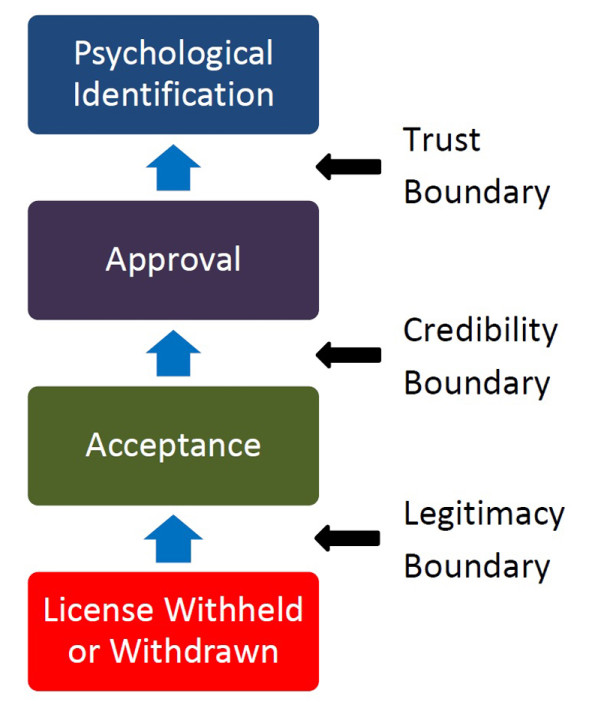Philanthropy amongst the mega-rich in the United States is booming, and—beyond “traditional charity”—much of it involves engaging in public policy debates on everything from education to climate change. The opportunity to make a real difference on these issues is tangible. But there’s also a problem: Philanthropy isn’t accountable to voters as governments are, and the sheer scale of this trend in the United States can hinder democracy by tipping the scales of power further towards the super-wealthy and away from the ordinary people and communities.
That’s the core argument of David Callahan in his new book The Givers: Wealth, Power, and Philanthropy in a New Gilded Age.
Well written and researched, The Givers is a detailed and balanced examination of modern philanthropy and its influence in the United States. Informed by one-on-one interviews with many leading philanthropists, including Priscilla Chan and Eli Broad, it’s an accessible and interesting read.
However, one problem with Callahan’s argument is that it assumes communities and “ordinary people” are (and will continue to be) rather passive in the face of power. We’ve seen significant examples where, despite the power of philanthropy working in tandem with governments, communities have pushed back to resist reforms imposed without consultation and support. One of the most—if not the most—well-known is the attempt to reform the Newark school system between 2010 and 2014.
Are you enjoying this article? Read more like this, plus SSIR's full archive of content, when you subscribe.
Callahan mentions it briefly in his book, but Dale Russakoff documents it in detail in hers, The Prize: Who’s in Charge of America’s Schools.
Essentially, this attempted reform program centered around a $100 million matching grant from the then-26-year-old founder of Facebook (and new billionaire) Mark Zuckerberg.
According to Russakoff, the reform program was deliberately structured like a three-legged stool—with New Jersey Governor Chris Christie, then Newark Mayor Cory Booker, and Mark Zuckerberg charting its direction. The community was quite glaringly left out.
In fact, Russakoff writes, the first most members of the Newark community heard about the program was when Zuckerberg announced his commitment on the Oprah Winfrey Show.
The initiative expected that community members would jump on board, but instead they pushed back hard. And eventually, community opposition morphed into political opposition when a well-regarded school principal and opponent of the reform program was elected Mayor after Booker’s departure for the United States Senate. Subsequently, the program lost steam and is now regarded by many as a failure.
What happened in Newark shows that despite philanthropy’s apparent power, communities can succeed in holding it accountable where it’s seen to be pushing an agenda that is detached from its intended beneficiaries.
Philanthropy does have power. But as with any source of power, it must be used carefully. If a pattern starts to emerge where philanthropy regularly appears to work against communities rather than with them, then its legitimacy will be called into question. Philanthropy may no longer be regarded as a tool for positive social change, but as an institution that is not to be trusted.
Broader trends around trust in institutions are also relevant here. The 2017 Edelman Trust Barometer, for example, revealed the largest-ever drop in trust across the institutions of government, business, media, and NGOs. There is also a growing divergence in trust, with the mass population becoming more distrustful of institutions when compared with the so-called “informed public”—a trend that is translating into a rejection of “the establishment” and “elites.”
Philanthropy should take these indicators as a sobering reminder that the “giving sector” must actively cultivate its legitimacy. It cannot assume that the communities it seeks to serve will automatically trust and accept its support. The sector must work to maintain and grow trust and acceptance from stakeholders, just like any other institution.
To get on the right track, philanthropy must go SLO
The concept of social license to operate (SLO) can assist in this regard and provides a useful way for philanthropy to think about how it interacts with communities and beneficiaries.
SLO has received considerable attention within the private sector, particularly within the mining industry; it refers to the level of acceptance or approval continually granted to an organization’s operations or projects by the community and other stakeholders. John Morrison explores the concept in detail in his book, The Social License: How to Keep Your Organization Legitimate.
The various levels of SLO appear in the diagram below.
 The Social License to Operate has multiple levels, reflecting the increasing legitimacy of an organization’s activities. (Image by Krystian Seibert, adapted from socialicense.com)
The Social License to Operate has multiple levels, reflecting the increasing legitimacy of an organization’s activities. (Image by Krystian Seibert, adapted from socialicense.com)
In the case of Newark’s school system, it’s clear that philanthropy lost its social license. Philanthropy is risk capital for change, but in this case it took the wrong kind of risk in not properly engaging the Newark community, and the result was that it achieved little change. If, instead, the effort had focused on building SLO and cultivating its legitimacy within the community, the results could have been very different.
Callahan does us a service in focusing on the question of philanthropy’s power. But while it’s important to monitor philanthropy’s power and its implications for democracy, it’s also worth remembering that there are various sources of accountability within our society. Formal democratic accountability is not the only one that matters—communities themselves have the power to take away philanthropy’s social license to operate. They can, if they so choose, keep its power in check.
To fulfil its role as a catalyst for sustainable, positive social change, philanthropy must cultivate legitimacy and build trust within communities and among beneficiaries.
Support SSIR’s coverage of cross-sector solutions to global challenges.
Help us further the reach of innovative ideas. Donate today.
Read more stories by Krystian Seibert.

